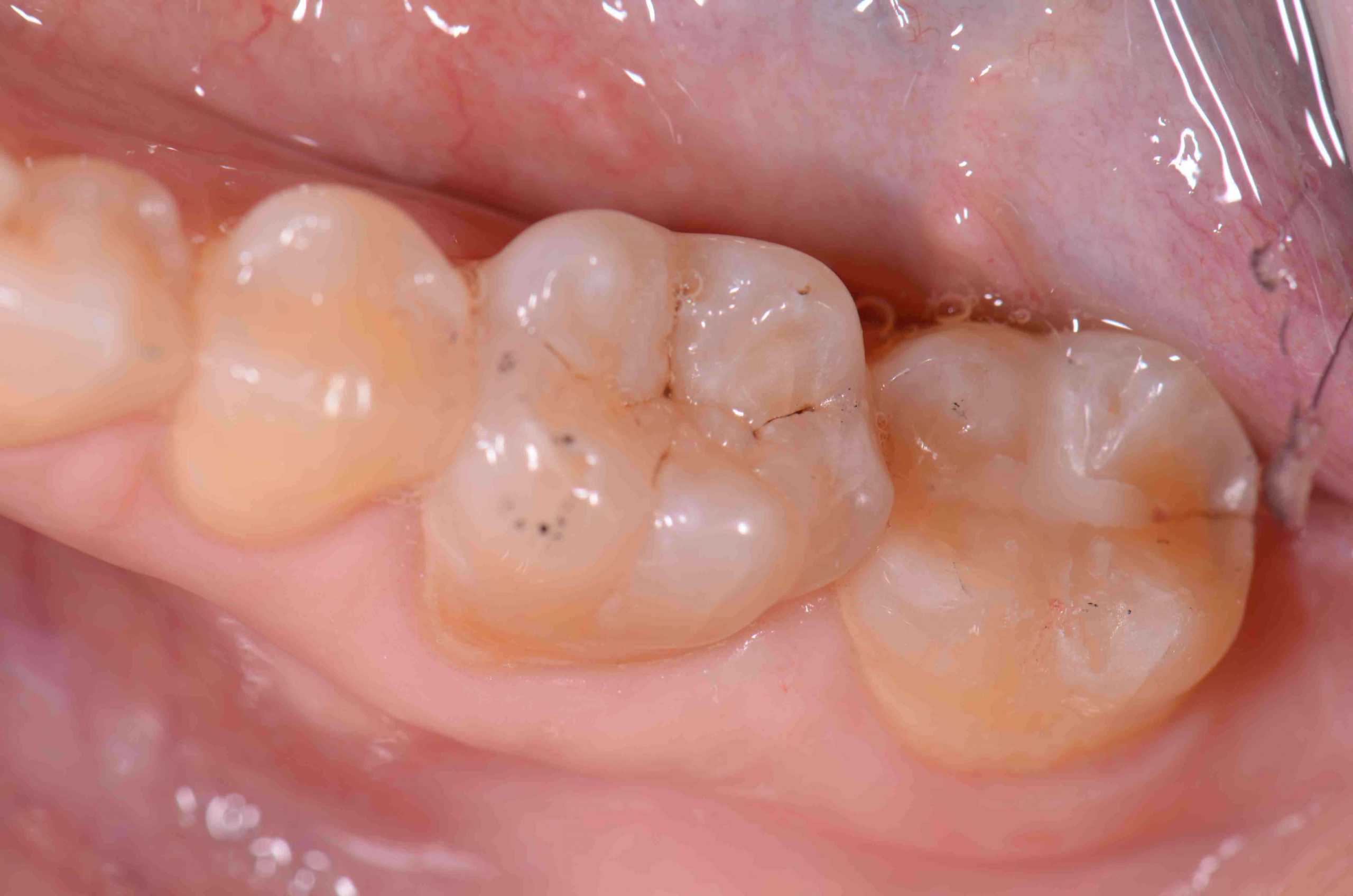
Do Patients Parafunction In Centric Relation?
Seated Condylar Position
I know even the mention of the words centric relation probably has some readers bristling, as this is a much argued over topic. With that said the research by Lundeen and Gibbs at the University of Florida shows that we do seat our condyles into the fossa during the chewing stroke. This seated condylar position is often used as a reference position to treat patients whether as part of reorganizing their occlusion to alleviate TMD symptoms or for restorative or orthodontic treatments.
Centric Relation & Parafunction
The next question is do people seat their condyles other than during normal function as part of the chewing stroke. I believe the answer is yes. One of the pieces of evidence is the number of patients that I have with wear facets that correspond exactly to their first point of contact with their condyles seated. These same patients do not mark this area with articulating paper in intercuspal position or when following their excursives.
I took the photo with this post in my office. The patient has no other wear facets. #31 has a small, less than .5mm combination sealant/occlusal composite on this tooth. The distal wear facet does not touch in intercuspal position or excursives, but will mark using a leaf gauge to seat the condyles as the first point of contact. This facet marks in both the arc of closure and a power wiggle or abbreviated excursive movement from this first contact. #31 is also split from the gingival margin on the distal over the marginal ridge and right to the margin of the composite. I have seen and restored multiple examples just like this. In my experience when the crown comes back from the lab we will be able to adjust it in without issue, but the patient will report it feels high, or it will become chronically sensitive. The solution will be to either adjust this crown in both intercuspal position and centric relation, or incorporate an equilibration with the restorative care.
My belief is this patient parafunctions in centric relation.
Related Course
E3: Restorative Integration of Form & Function
DATE: August 16 2026 @ 8:00 am - August 20 2026 @ 2:30 pmLocation: The Pankey Institute
CE HOURS: 41
Dentist Tuition: $ 7500
Single Occupancy with Ensuite Private Bath (per night): $ 355
Understanding that “form follows function” is critical for knowing how to blend what looks good with what predictably functions well. E3 is the phase of your Essentials journey in which…
Learn More>







Great observation and awareness! Lundeen and Gibbs study also highlights the importance of being aware of what is happening with the condyles in the chewing stroke (outside-in) under power. There is more flex in the mandible than in most articulators! At times it can be better felt and experienced with hand held models of the natural teeth and a stone model of a bite splint as well, for comparison; are we able to replicate the freedom or are we inadvertently “locking-up” the freedom desired/experienced by the patient.
Historically these events have been described with different words; “Long-Centric” / “Freedom-in-Centric” / “Power Wiggle” or “Push- Pull Habits, created by the patient / on lower bite splints it can be witnessed over time with wear and the development of a slope of acrylic anterior to the centrum and/or the worn primary Centric contacts, especially on molars.
Keeping our minds open to observations and new awareness can broaden our power of observations and find the minutia, which maybe triggering the patient awareness. Hmmm,,, Isn’t that interesting…
Great article Lee-and ABSOLUTELY!
Jeanine McDonald and I tracked the wear patterns on 375 patients’ appliances over 10 years. Our evaluations back up what you are saying!